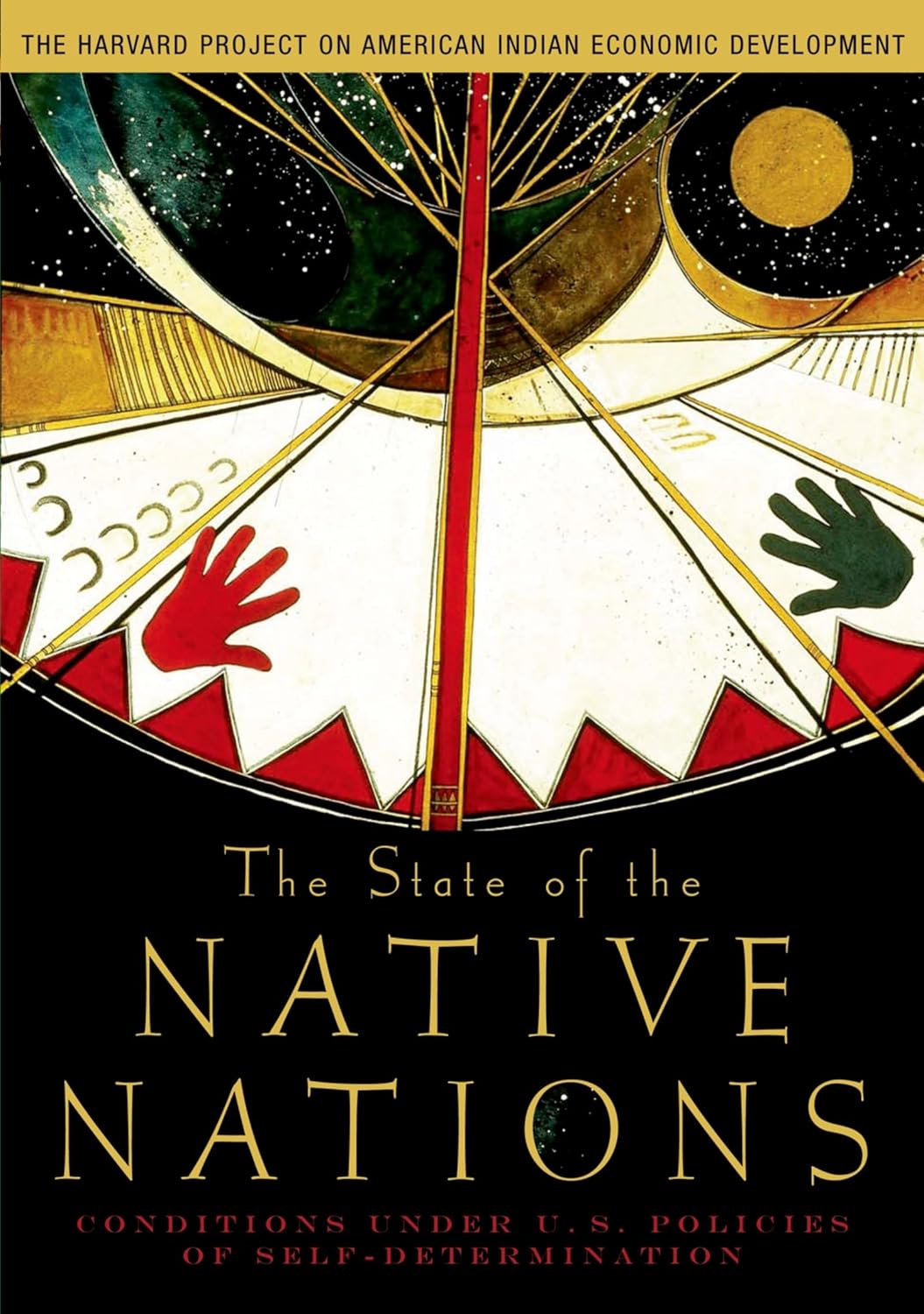
Forget the political boundaries etched onto modern maps. To truly understand the enduring spirit and complex reality of Native American nations, one must navigate a different kind of map – the Map of Native American Self-Determination. This isn’t a static document; it’s a living, breathing testament to sovereignty, resilience, identity, and the relentless pursuit of self-governance by hundreds of distinct tribal nations across what is now the United States. For any traveler seeking genuine cultural immersion or any student of history aiming for a deeper understanding, comprehending this conceptual map is essential.
Beyond the Reservation: Unpacking Self-Determination
At its core, Native American self-determination is the inherent right of Indigenous peoples to govern themselves, control their lands and resources, and maintain their unique cultures and identities. It’s a recognition of pre-existing sovereignty that pre-dates the formation of the United States. This map is not defined by lines drawn by colonial powers, but by the enduring presence of tribal governments, the revitalization of languages, the stewardship of ancestral lands, and the vibrant continuation of cultural practices. It’s a map of power reclaimed, narratives reasserted, and futures forged on their own terms.
Understanding this map requires looking beyond the simplified narratives often presented in mainstream education. It demands acknowledging a history of dispossession and forced assimilation, followed by a powerful, ongoing movement toward autonomy.
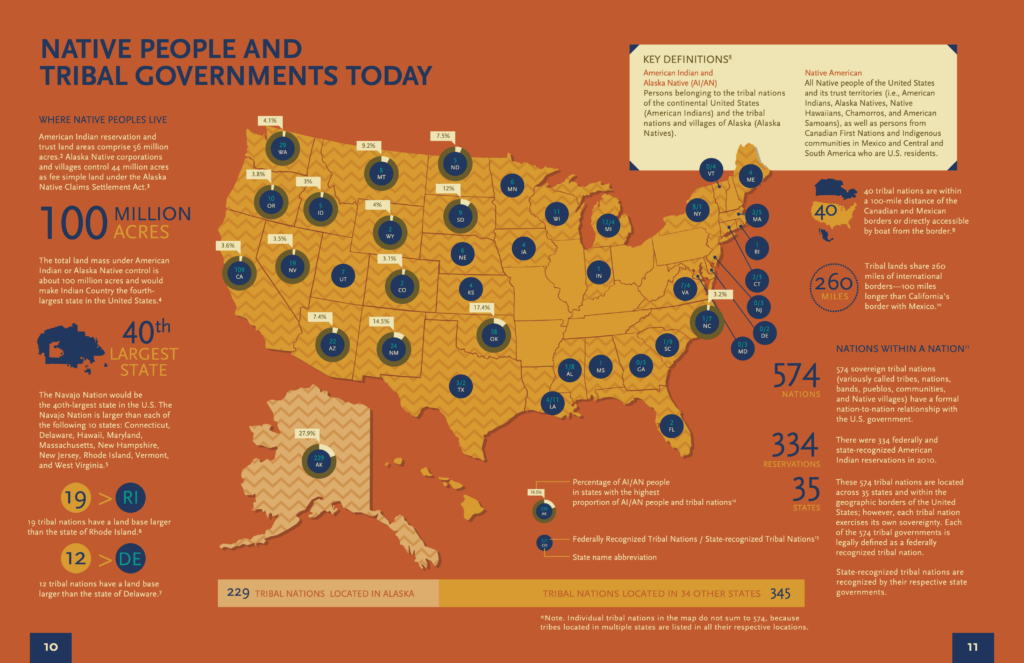
A History Etched in Struggle and Survival
The journey to self-determination is deeply rooted in centuries of struggle. Before European contact, North America was a mosaic of sophisticated, self-governing Indigenous nations, each with its own intricate political systems, economies, spiritual beliefs, and territories. The arrival of Europeans ushered in an era of catastrophic change: disease, warfare, and the relentless pressure of colonial expansion.
The nascent United States, despite often entering into treaties with Native nations as sovereign entities, rapidly adopted policies aimed at dispossessing tribes of their land and undermining their self-governance. The Indian Removal Act of 1830 led to the forced relocation of countless tribes, most infamously the Cherokee on the "Trail of Tears." The reservation system, initially intended to segregate and control, further confined tribes to often marginal lands, severing their traditional connections to vast ancestral territories.
The late 19th and early 20th centuries saw the federal government pursuing aggressive assimilation policies. The Dawes Act of 1887 broke up communal tribal lands into individual allotments, often leading to further land loss to non-Native settlers. Perhaps most damaging were the Indian boarding schools, which forcibly removed Native children from their families and cultures, punishing them for speaking their languages or practicing their traditions. The explicit goal was to "kill the Indian, save the man."
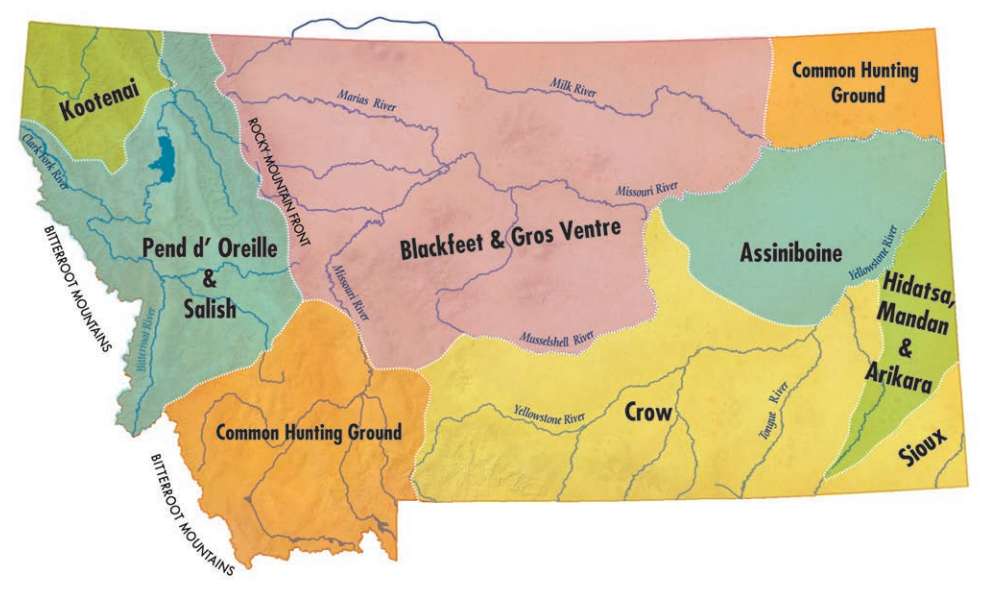
By the mid-20th century, the "Termination Era" (1953-1968) marked another low point. Federal policy sought to unilaterally end the special relationship between tribes and the U.S. government, revoking tribal recognition and withdrawing federal services. The devastating impact on terminated tribes, who lost land, resources, and essential services, quickly became apparent.
It was against this backdrop of immense historical trauma and systematic oppression that the modern era of Native American self-determination began to emerge. The Civil Rights Movement inspired Indigenous leaders, and by the late 1960s and early 1970s, a new federal policy began to take shape. President Richard Nixon formally repudiated termination and called for a new era of self-determination without termination. This culminated in the landmark Indian Self-Determination and Education Assistance Act of 1975, which empowered tribes to take over the administration of federal programs and services designed for their communities, marking a pivotal shift towards tribal control.
The Pillars of the Map: What Self-Determination Looks Like Today
The Map of Native American Self-Determination is not a single, unified blueprint, but a complex, dynamic tapestry woven from the distinct aspirations and realities of over 574 federally recognized tribes, plus numerous state-recognized and unrecognized tribes. Its key pillars include:
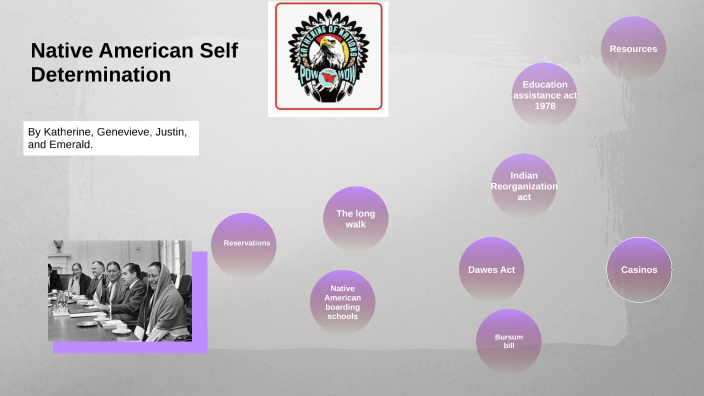
-
Sovereign Governance: This is the bedrock. Tribes operate as distinct nations within the United States, possessing inherent governmental powers. They have their own constitutions, legal systems (including tribal courts and police forces), regulatory agencies, and elected leadership (tribal councils or traditional governments). They negotiate directly with federal and state governments on a nation-to-nation basis, asserting jurisdiction over their lands and citizens.
-
Economic Development and Independence: Economic self-sufficiency is crucial for true self-determination. While gaming (casinos) has been a significant, albeit often controversial, source of revenue for many tribes since the Indian Gaming Regulatory Act of 1988, tribes are increasingly diversifying their economies. This includes energy development (renewable and traditional), tourism, hospitality, agriculture, manufacturing, and technology. The goal is to create jobs, fund essential services, and build sustainable futures for their communities.
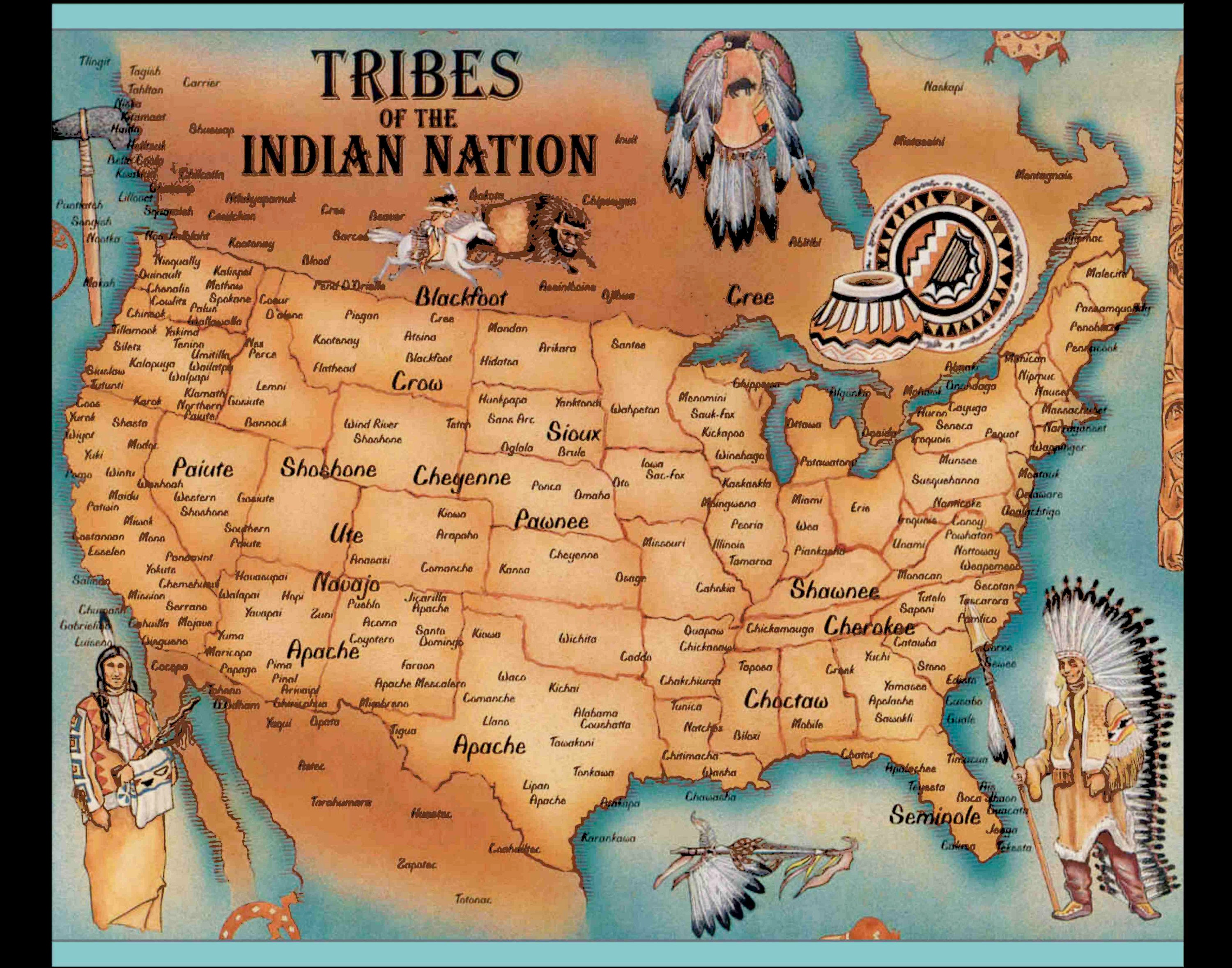
-
Cultural and Linguistic Revitalization: Identity is central to self-determination. After generations of forced assimilation, tribes are leading powerful movements to revitalize their languages, which are often critically endangered. Language immersion programs, cultural centers, traditional arts initiatives, and the re-establishment of ceremonies are all vital components. This includes efforts to reclaim sacred sites, repatriate ancestral remains and cultural artifacts, and educate younger generations in traditional knowledge.
-
Land and Resource Management: Tribes are often at the forefront of environmental stewardship, managing their lands and natural resources according to traditional ecological knowledge and modern scientific principles. This includes protecting water rights, managing forests, restoring fisheries, and addressing the impacts of climate change. The deep spiritual and cultural connection to land drives many of these efforts, often putting tribes in direct conflict with external industrial interests.
-
Healthcare, Education, and Social Services: Self-determination means tribes taking control of the well-being of their citizens. Many tribes now operate their own schools, from early childhood centers to tribal colleges and universities, often incorporating Indigenous pedagogy and curricula. They also administer healthcare services, social welfare programs, and housing initiatives, striving to address historical disparities and build healthier, more resilient communities.
Navigating the Map: Challenges and Continuing Journeys
Despite significant progress, the Map of Native American Self-Determination is still being drawn, facing continuous challenges:
- Jurisdictional Complexities: The checkerboard nature of land ownership on many reservations, with tribal, federal, state, and private lands intertwined, creates ongoing jurisdictional disputes and complicates governance.
- Underfunding: Despite treaty obligations and federal trust responsibilities, many tribal programs remain severely underfunded, impacting the quality of services tribes can provide.
- Economic Disparities: Many tribal nations still face high rates of poverty, unemployment, and lack of infrastructure, legacies of historical oppression and limited access to capital.
- Cultural Appropriation and Misrepresentation: The struggle to protect intellectual property, sacred sites, and cultural practices from exploitation and misrepresentation continues.
- Climate Change: Indigenous communities are often on the front lines of climate change impacts, threatening traditional food sources, land, and cultural practices.
Yet, the journey continues with unwavering determination. Tribes are forging new alliances, leveraging technology, and asserting their rights in courtrooms and legislative chambers. The rise of Indigenous voices in media, arts, and politics is reshaping national conversations and challenging stereotypes. Youth movements are revitalizing traditions and advocating for future generations.
For the Traveler and History Enthusiast: Engaging with the Map
For those who wish to respectfully engage with this powerful map, a few principles are paramount:
- Acknowledge Sovereignty: Understand that tribal nations are sovereign governments. Respect their laws, customs, and protocols when visiting.
- Seek Authentic Experiences: Instead of relying on stereotypes, visit tribal cultural centers, museums, and events. Many tribes welcome visitors to powwows, festivals, and historical sites, offering invaluable insights into their cultures.
- Support Tribal Economies: Purchase authentic Native arts and crafts directly from tribal artists or tribally owned businesses. Stay at tribally owned hotels, dine at their restaurants, and support their tourism initiatives. Your dollars directly contribute to self-determination.
- Listen and Learn: Engage with an open mind and a willingness to learn. Read books by Native authors, follow Indigenous news sources, and listen to the stories and perspectives of tribal members.
- Be Respectful: Always ask permission before taking photographs of individuals or participating in ceremonies. Be mindful of sacred sites and cultural practices. Avoid cultural appropriation (e.g., wearing "Native-inspired" fashion without understanding its significance or sourcing).
The Map of Native American Self-Determination is a powerful counter-narrative to the colonial history of North America. It illustrates not a vanished past, but a vibrant, ongoing present and a resilient future. It is a testament to the strength of identity, the enduring power of culture, and the unwavering commitment of Indigenous peoples to govern themselves and chart their own destinies. To truly see America, one must learn to read this map, recognizing the distinct nations that have shaped its land and continue to enrich its story. It is a journey of education, respect, and profound understanding, essential for any conscious traveler or student of history.
